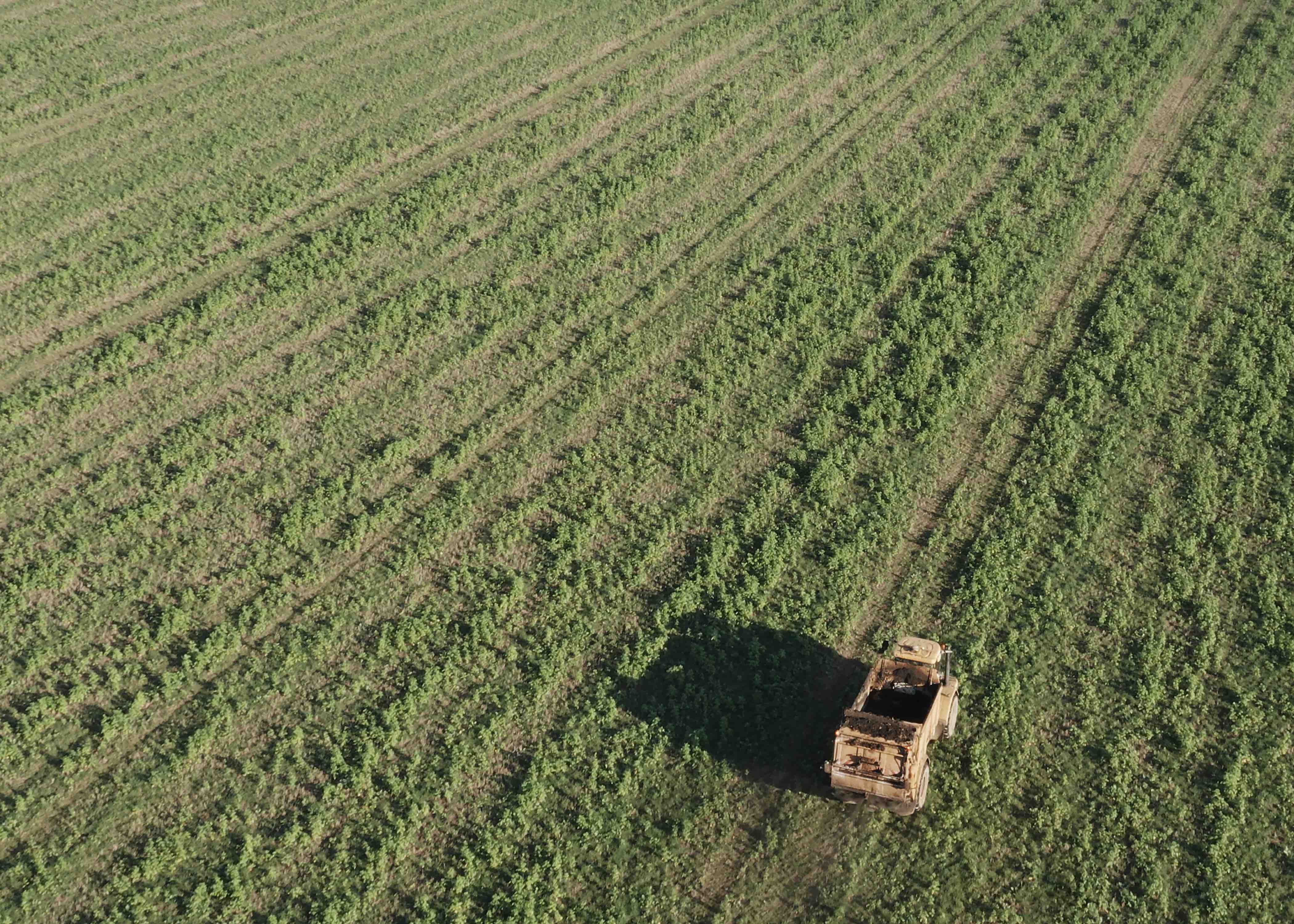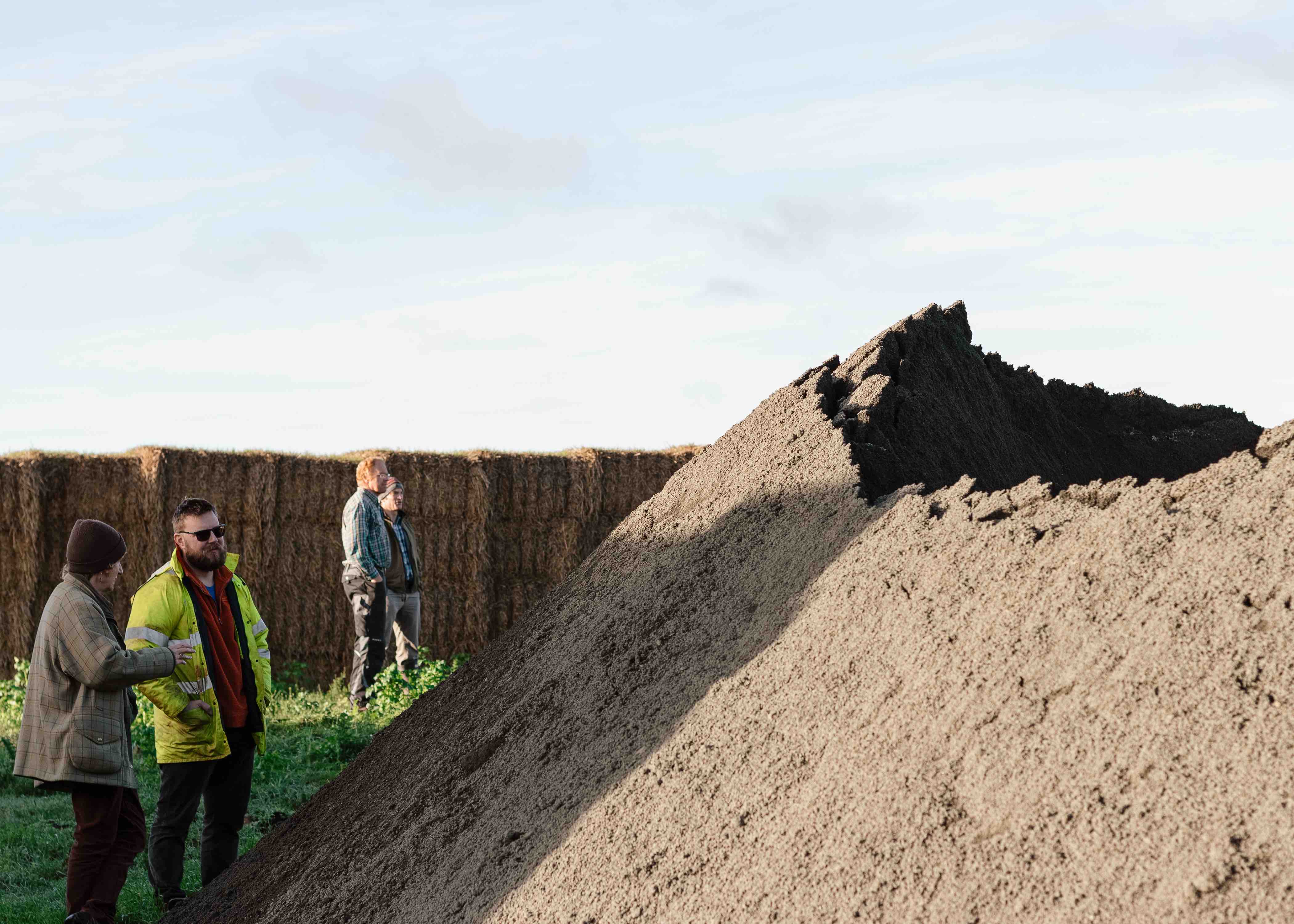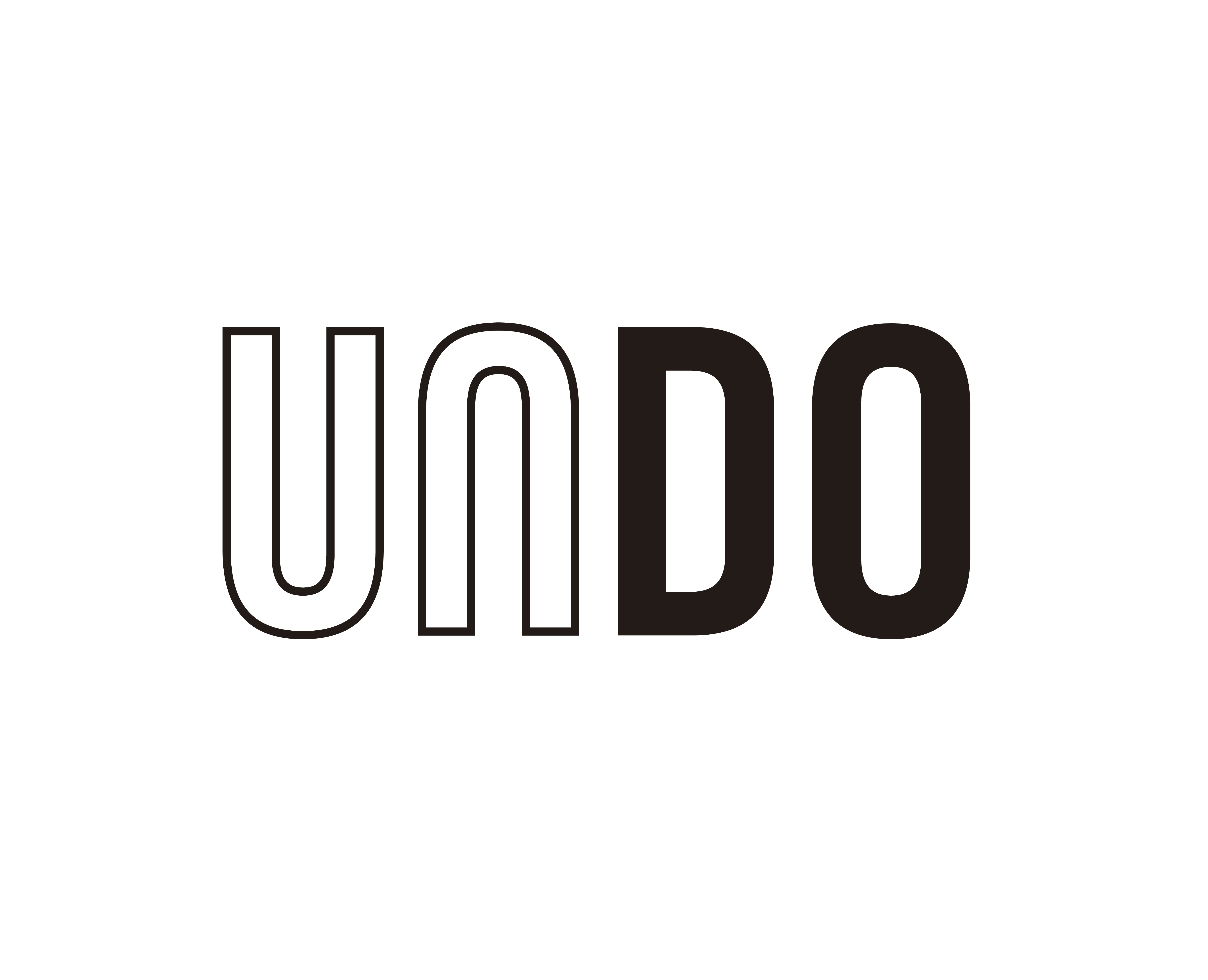UNDO Enhanced Weathering
Accelerating the natural process of rock weathering, in which CO₂ in rainwater is locked away for over 1,000 years.
UNDO’s mission is to maintain a liveable planet for future generations, with a focus on scaling enhanced rock weathering—a permanent carbon removal technology—by working closely with agricultural partners to help improve soil conditions and crop yield.
Enhanced rock weathering (ERW) speeds up natural weathering, during which CO₂ in rainwater and soil moisture reacts with the surface area of basalt and mineralizes, resulting in its safe storage as solid bicarbonate ions for 100,000+ years.
UNDO’s operational model focuses on the efficient sourcing, haulage, and spreading of basalt.
To do so, UNDO purchases crushed basalt rock, which already exists as a by-product of mining and quarrying—meaning no additional emissions are generated. All new basalt sources are also tested to ensure trace metals levels are well below any thresholds that could be detrimental for agricultural application.
While other silicates exist with potentially faster weathering rates, UNDO sees basalt as the preferred choice for ERW, projecting it will weather in 20 years. This is because the soil health benefits of applying basalt to agricultural land are significant compared to other silicates, which can be damaging. Basalt is also present almost everywhere in the world, making it the preferred choice to scale ERW to UNDO’s billion-tonne targets by 2050.
NOTE to buyers: Thanks to an ex-ante forward purchase agreement, tonnage is 'issued' and available at the time of project deployment — in expectation of future carbon removal set to occur from the time of deployment through the course of the project's lifetime. The project has been deployed (rock weathering process started), but the entirety of the carbon removal process has not yet been completed. Ex-ante carbon credits may not be suited for common climate claims. Reach out to Patch if you have questions about which climate claims would be suitable for these credits.
Project location
Technology and mechanism
Project certifications
Certifier
Standard
puro.earth
Registry ID
100240
Crediting period term
Project design document (PDD)
PDD: UNDO Enhanced Weathering
Current verifier of project outcomes
350 Solutions
Project details










